Welcome to Rongda Machinery Co., Ltd
Toggle Navigation
Ever wondered when to replace the die in your pellet mill? It may seem like a simple question, but it’s actually key to keeping your production line running smoothly and ensuring the quality of your pellets. The die is a crucial part of both biomass and feed pellet mills, taking on significant pressure and determining pellet size and uniformity. So, when exactly should you replace it? Let’s dive into the factors that impact the die’s lifespan and when it’s time for a change.
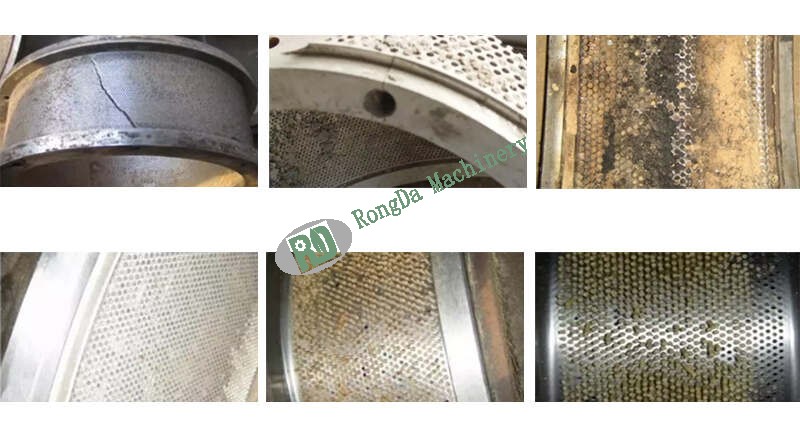
The quality of the raw materials you use can really impact how long your die lasts. Good-quality materials not only help create better pellets but also reduce wear on the die. On the other hand, poor-quality materials, which may contain impurities, can cause damage like cracks, especially when processing materials like straw, wood chips, or even feed ingredients like corn flour and soybean meal.
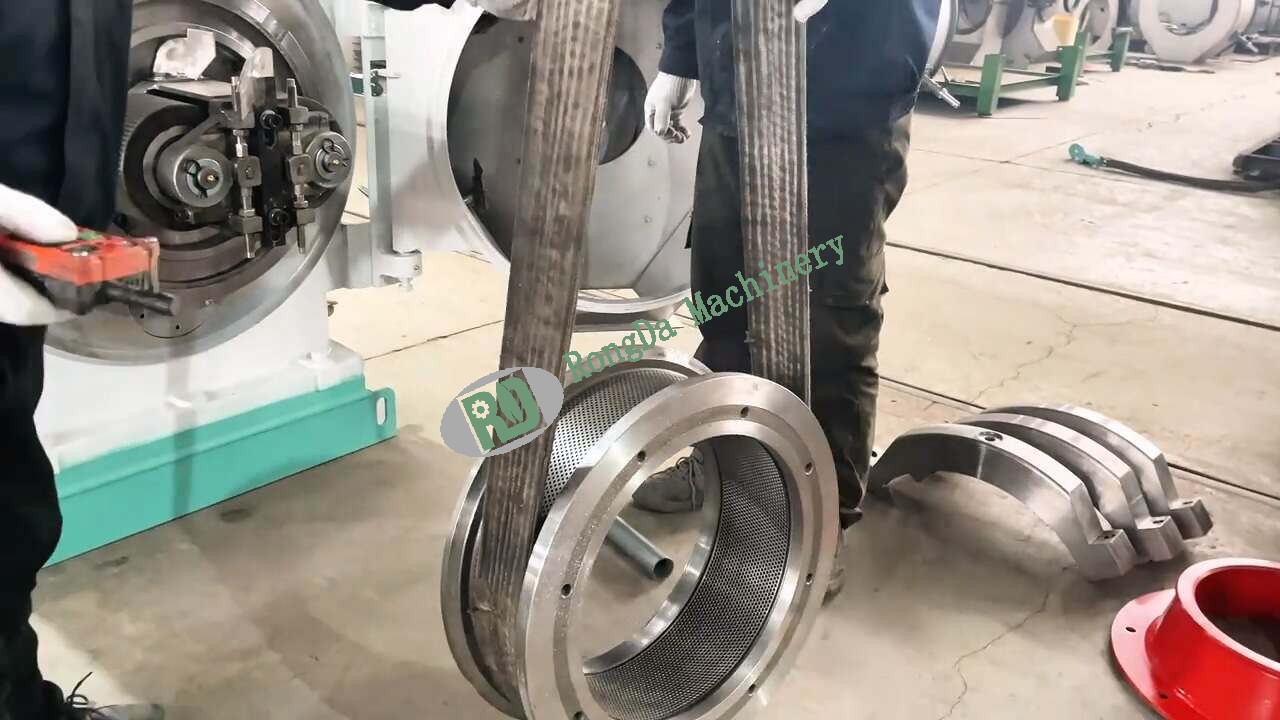
Things like temperature, pressure, and speed play a big role in how long the die will last. In high-load operations—common in both biomass and feed pellet mills—overloading can speed up wear and tear. So, if your mill is consistently running under heavy pressure, the die will wear out faster.
The more your pellet mill runs, the faster the die will wear out. Longer hours of operation or frequent changes in materials can shorten the die’s lifespan. The more you push the mill, the quicker the die will age, so keeping an eye on usage patterns is important.
Taking good care of the die with regular cleaning, lubrication, and inspections can extend its lifespan and prevent unexpected damage. Proper care is essential for keeping your pellet mill stable and running smoothly.
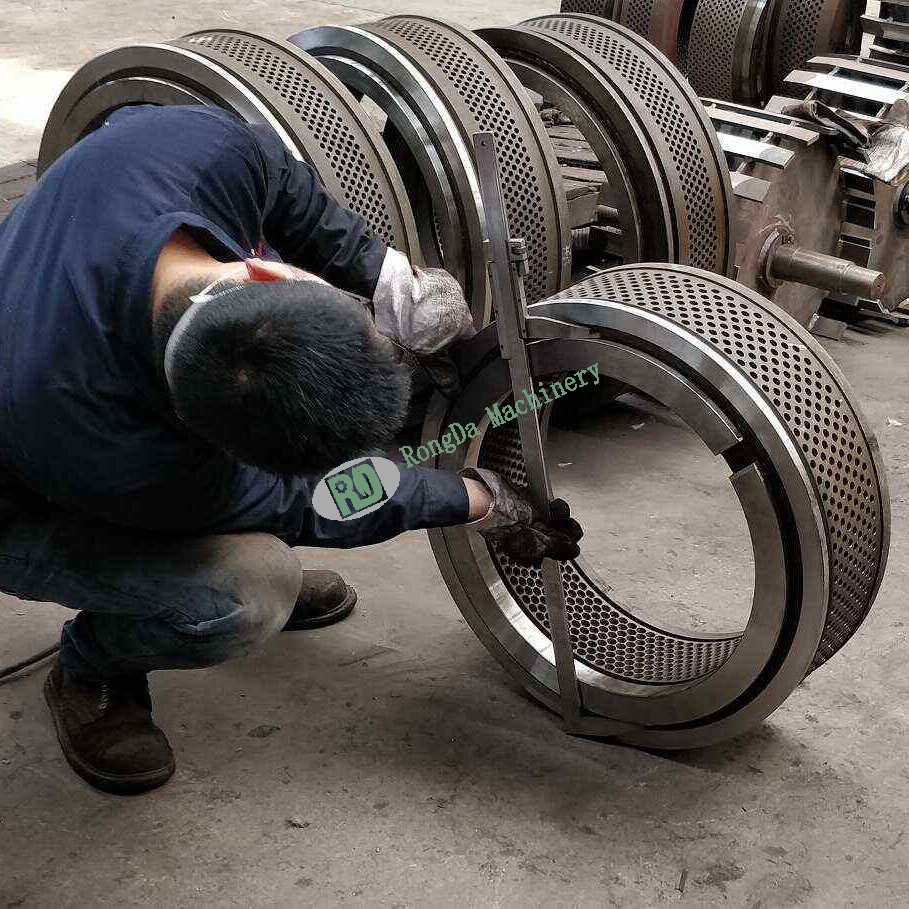
Typically, a high-quality die will last anywhere from 3,000 to 5,000 hours of operation. However, the exact lifespan depends on factors like the type of materials processed. Biomass pellet mills, which handle tougher materials, tend to wear out the die faster than feed pellet mills, which deal with ingredients like corn flour and soybeans.
If the die has cracks, is deformed, or shows severe wear, it’s time to replace it. Don’t wait—continue using a damaged die can lead to more issues down the line.
If you start seeing uneven pellet sizes or the pellets no longer meet your standard specifications, it’s a clear sign the die is worn out and needs replacing.
If you notice an increase in energy consumption or a decrease in output, the die could be the culprit. As the die wears, its performance declines, leading to inefficiency.
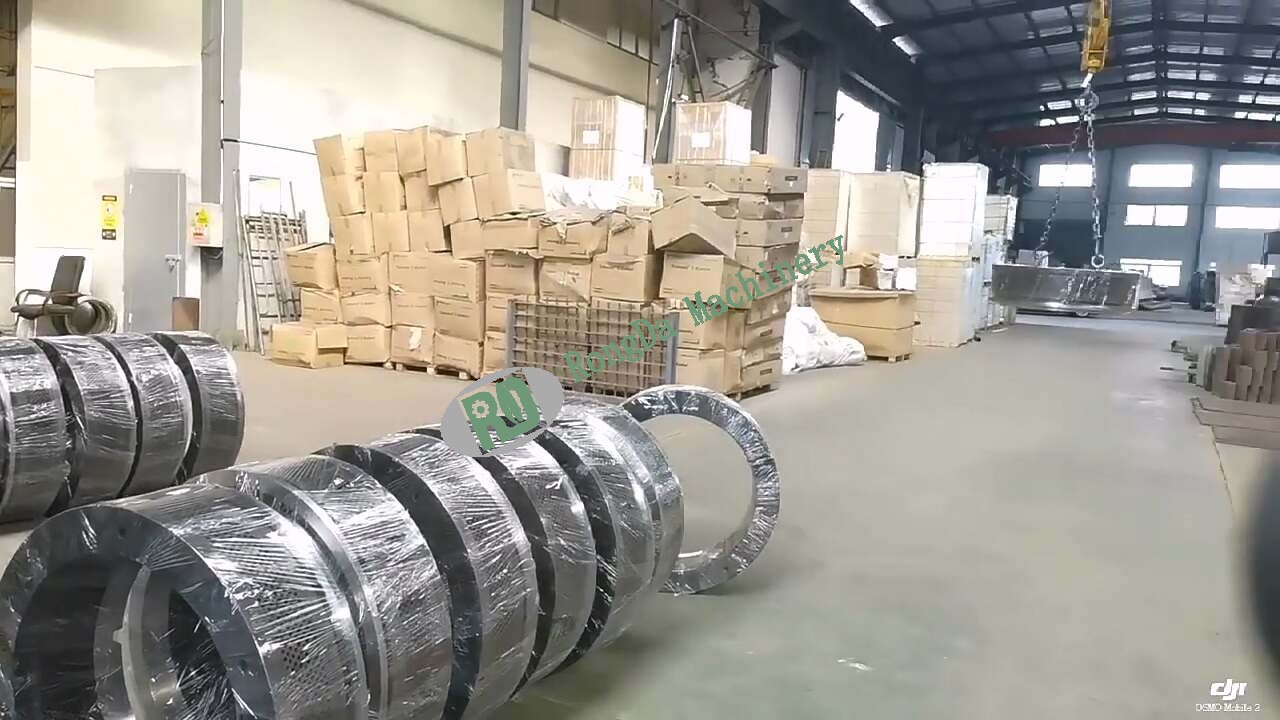
If cracks spread or deformation becomes irreparable, replacing the die becomes essential. Using a damaged die further can cause serious damage to other parts of the equipment.
We recommend inspecting the die every 2,000 to 3,000 hours of operation. If your pellet mill operates in a high-temperature or dusty environment, more frequent inspections are a good idea.
Check the pellets being produced. If they’re uneven or too large, it’s a sign the die is worn and needs replacing.
Look for cracks, damage, or signs of welding. If the die shows any of these, it’s time to swap it out.
If the die’s thickness has reached its limit, it’s definitely time for a new one. Specialized tools can help measure this.
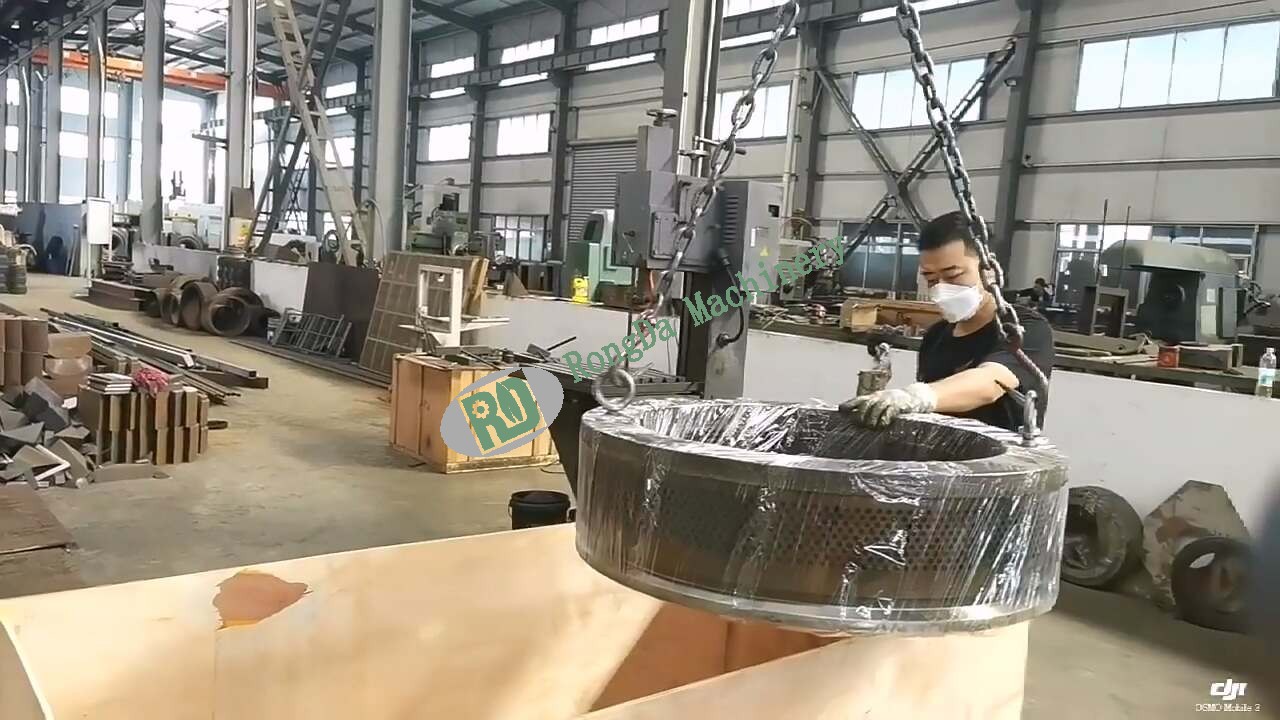
If the die’s thickness has reached its limit, it’s definitely time for a new one. Specialized tools can help measure this.
Shut down the Equipment for Safety: Always power off the machine before beginning any maintenance work.
Remove the Old Die: Carefully remove the worn-out die.
Inspect and Clean the Die Seat: Ensure the die seat is clean and free from any buildup before installing the new die.
Install the New Die: Put the new die in place, making sure it's secure.
Adjust Parameters: Make any necessary adjustments to the machine’s settings to ensure everything operates normally after installation.
These steps are generally applicable to most pellet mills, whether they’re used for biomass or feed pellets.
Use high-quality dies: Always go with reputable manufacturers for your dies.
Avoid second-hand or non-standard dies: These can lead to problems and affect overall performance.
Check Pellet Quality: After installing the new die, check the quality of the pellets to ensure they meet the required standards.
Clean Residual Materials: Regularly clean out materials to prevent hardening or buildup that could damage the die.
Lubricate Moving Parts: Keeping everything lubricated reduces the chances of overheating.
Inspect Regularly: Keep an eye out for cracks or wear to catch issues before they get worse.
Use high-quality raw materials.
Optimize equipment settings for efficiency.
Follow standard operating procedures.
Perform routine maintenance and inspections.
Replacing the die isn’t just about the cost of the part itself. You also have to account for the downtime and labor involved. In large-scale operations, planning your maintenance cycle carefully can save you a lot of money in the long run.
A large biomass energy company uses a “replace the die every three months” approach, leveraging real-time monitoring data to enhance both product consistency and equipment uptime. This proactive strategy has significantly improved overall performance.
In the future, we may see pellet mill dies made from advanced ceramic composite materials. These materials, combined with IoT technologies for real-time monitoring and smart alerts, could help improve die longevity and reduce maintenance costs even further. This trend could be game-changing for both biomass and feed pellet mills.
There’s no one-size-fits-all answer for when to replace your pellet mill die, but by considering factors like raw material quality, operating conditions, and maintenance routines, you can develop a flexible replacement schedule that suits your needs. Regular checks are key to ensuring your pellet mill runs efficiently and continues to produce high-quality pellets.
Q: Can the die be repaired after damage?
A: Small cracks can sometimes be repaired, but in most cases, replacing the die is the safer and more effective option.
Q: How often should the die be replaced?
A: Generally, every 2,000 to 3,000 hours, depending on your operating conditions.
Q: Will replacing the die affect production?
A: There will be brief downtime, but replacing the die is necessary for optimal performance.
Q: How can the die’s lifespan be extended?
A: Using quality materials, optimizing operations, and regular maintenance are key.
Q: What’s the impact of high temperatures on the die?
A: High temperatures accelerate wear and can cause cracks, so heat-resistant dies are a good investment.
If you're still unsure about when to replace your die, we hope this guide helps you make the right decision. Whether you’re using a biomass or feed pellet mill, regular maintenance and smart replacement cycles are vital to keeping your production efficient and your pellets top-notch. Here's to smooth operations ahead!